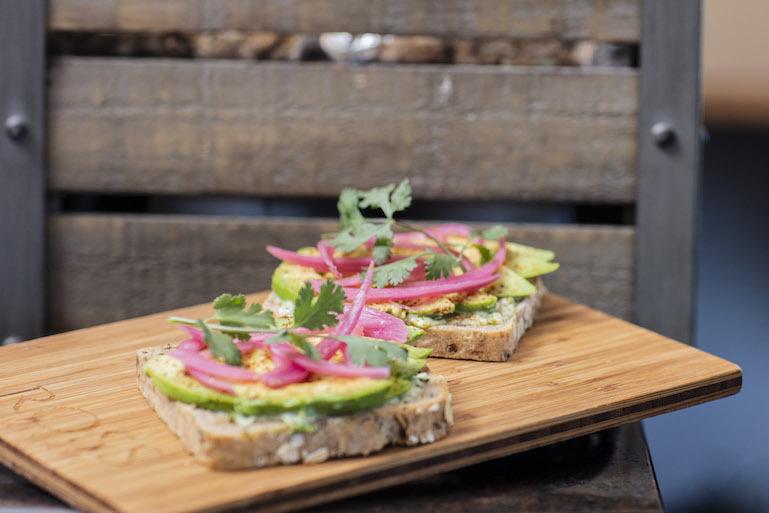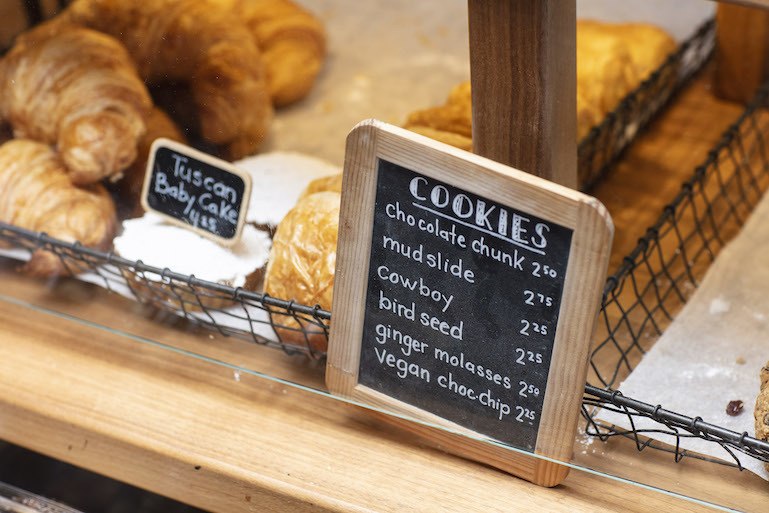
Creative Food and Beverage Name Ideas for Menus
Congratulations! You’ve launched a restaurant, maybe even created a menu. But as you list out the dishes and drinks you plan to serve, you realize something: the names of the platters and cocktails don’t say anything about what makes them unique.
No matter which type of restaurant you own, your business benefits from creative food and beverage name ideas.
What’s In a Name
Would a Munchkin by any other name taste as sweet? One of Dunkin’s core menu items used to be called — yes, you guessed it — donut holes. But the coffee chain realized that customers weren’t ordering the holes in addition to the donuts; many people were just ordering the holes. So in the 1970s, they leaned into the product’s success and rebranded the holes “munchkins.” The name is genius on a few levels, not least of which is that it reinforces the name Dunkin through the use of rhyme.
As bon appetit explains in their terrific article on the subject, the company tested the new name to see if it was a winner. “According to company lore, they did a test run of the new name in Providence: in three stores, the bite-sized pastries were sold as “Donut Holes;” in three other stores, they made their debut as Munchkins. The Munchkins won in a landslide.”
The fact is that creative menu item names do boost sales. As bon appetit points out, “the stakes are high: The right name can be the difference between a middling success and a legend.”
How can you create a legend at your restaurant?
Name Your Signature Dish
Big Macs and Whoppers are both burgers, but they are more than that; they are exercises in branding. Both names convey largess, but they can not be confused. As you develop your menu, think about your signature dish — possibly the one that inspired you to open a restaurant in the first place — and consider naming that item first.
The name should reflect your restaurant’s brand. Quick-serve restaurants and kitchy diners can get away with cheeky names like “Macho Nachos” and “Unicorn Frappuccino,” but if your restaurant is more upscale, you may want to name your signature dish (or dishes) after your own restaurant. Balthazar, for instance, offers both a salad and shellfish platter named after the restaurant.
Use a Place as Shorthand
Some locations evoke certain characteristics, even if the reader has never been there. Take California. “Using California to describe something usually implies that it’s fresh and healthy, both terms that are desirable when you’re naming menu items,” QSR Magazine points out. That’s why so many many menus have burgers or pizzas named after the state.
Another way to create a sense of place is to use another language. “Give [a menu item] an ethnic label,” an Oxford researcher tells The Guardian, “such as an Italian name, and people will rate the food as more authentic.” As long as the word is easy to pronounce — like the ‘suppli’ (rice balls) offered at Polpo — including an “authentic” word can serve as a conversation starter between diner and waiter.
SEE ALSO: What Makes a Good Restaurant Atmosphere?
Get Personal
While Wendy’s is named after founder Dave Thomas’s fourth child, the signature burgers are all named after Dave himself.
Naming a dish on your menu for a family member can add a personal touch to the dining experience. Was a pizza recipe passed down from your Grandma Betty? “The Betty” is sure to attract attention. Or maybe just “Grandma’s Pizza.”
Every food and beverage name should tell a story, and people (like places) are a great way to do that. The description of a dish is where you can elaborate on its name, and add mouth-watering details (like ingredients) to set it apart from the competition.
Be Authentic
Sure, there is a wealth of information about how menu design boosts sales, and you should understand what works best. However, your independent restaurant isn’t engineered by consultants, and there’s no reason it should feel that way.
Once you learn the (constantly shifting) rules, you are free to break them! If punny drink names and overly-long descriptions represent your brand, embrace quirkiness. Entertaining menus and food products can even go viral on social media.
A brand encompasses all aspects of a restaurant concept. If your hole-in-the-wall sushi restaurant can only fit 15 guests, tops, its menu should be brief. If your restaurant design is sleek and contemporary, your menu should match.

As the VP of Taco Bell’s Insights Lab points out, “It’s always a balance between coming up with a name that drives curiosity and interest, but also fits what the product is.”
And if you’re not sure if your food and beverage names work, you can always gather a group of friends and customers and do some old-fashioned market research.
Who knows? You may just have a munchkins-level hit on your hands.
SEE ALSO: Starting a Food Business Checklist: What You Need to Know
Want to try ShopKeep for yourself?
Just answer a few easy questions.
Need help finding the right point of sale?
Just complete the form. We’ll call you right back to explain how ShopKeep can work for you.
Hit the ground running.Sprinting, in fact!
Read our free, comprehensive guide, Small Business 101, to learn all you need to know about starting a thriving business.

